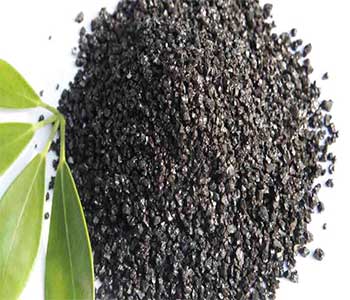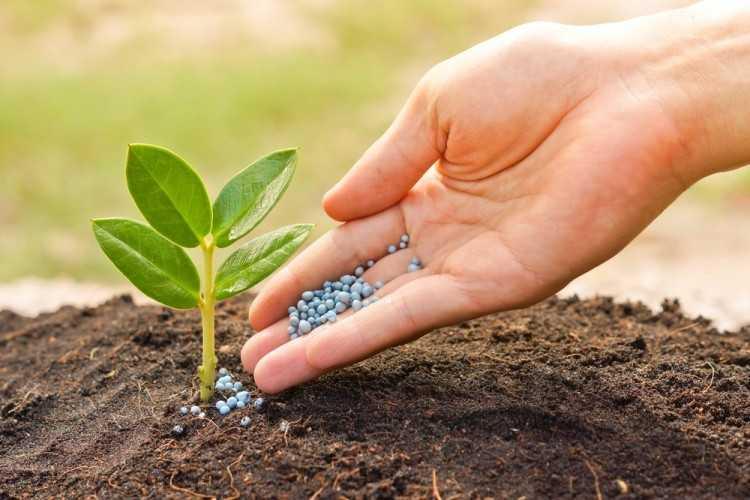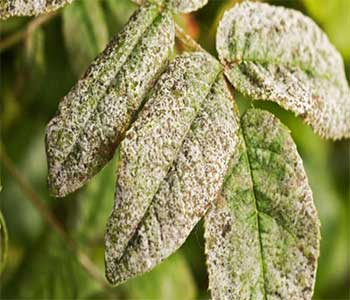Articles

The role of calcium in increasing the salinity tolerance of crops
Salinity stress affects plant growth by disrupting ion balance, reducing water potential and ion toxicity. Increasing calcium ions to a level of 10 mM in the plant growth medium reduces the destructive effects of salinity stress to some extent. Changes in calcium concentration in the two dimensions of nutrition and regulation have significant effects on various aspects of growth, photosynthesis, metabolism, water absorption and transport, and many of these reactions can be directly affected by the interaction ca ++ 2 and Na ++ 2 is at the membrane level of plasma and calcium signaling process. In this article, based on the effect of calcium supplements on plant response to salinity, cellular and molecular aspects of calcium function in plants are discussed. On this basis, and with emphasis on ion message transmission and homeostasis systems in a functional model for the whole plant, it is expected that biotechnology strategies to increase plant tolerance and improve crop yield in saline conditions can be presented. Source: World of Agriculture No. 40
۱۹ / ۷ / ۱۴۰۰

The effect of humic acid, seaweed extract (Ascophyllum nodosum) and some micronutrients on growth and yield of maize (540 NS)
The use of chemical fertilizers has caused irreparable damage to the environment. For this reason, the process of moving agriculture towards sustainable agriculture, which is a kind of agriculture for human interests, is more efficient in using resources and is in balance with the environment. Thus, for the development of sustainable agriculture, the implementation of the system with sufficient input in combination with the use of chemical and organic fertilizers, especially biofertilizers as an alternative solution for agriculture to produce crop and maintain yields at an acceptable level are effective. In this regard, in order to study the effect of humic acid, seaweed extract and micronutrients on the yield and yield components of maize cultivar 540, as well as the effect of these factors on the activity of antioxidant enzymes in the experimental design of Spit Factorial based on a randomized complete block design with 4 replications In 1390, it was conducted in a research farm in Aradan city of Semnan province. The results show that the application of different treatments of humic acid, seaweed extract and micronutrients can affect the yield and different components of maize cultivar 540 and in some cases make significant differences, but in the diameter of the ear is significantly different. Failed. The results indicate that the use of different treatments of humic acid and micronutrients is effective on the activities of antioxidant enzymes, but in the case of seaweed extract, there is no evidence to confirm the effect of this factor on the activity of enzymes studied. Also, applying different treatments of the three mentioned factors is effective on the growth parameters of the studied plant. Author: Mehrnoosh Rafiei (Islamic Azad University of Damghan)
۱۹ / ۷ / ۱۴۰۰

The role of macro and micro elements in plant nutrition
Nitrogen is found in plants as organic compounds but more or less in the form of nitrides and nitrates. Nitrogen is involved in the structure of plant cells in the form of proteins, nucleic acids, chlorophyll, enzymes and hormones. Plants have the following reactions to nitrogen.
۱۹ / ۷ / ۱۴۰۰

Control of powdery mildew and false with the combined use of Glass MG and Blaster
Phytoalexins are compounds that plants usually produce in response to various stresses, living (such as pathogens and insects) or non-living (such as drought and cold, etc.). Some of these compounds are toxic and can increase the plant's autoimmune defense against pathogens by activating specific metabolic cycles in the plant. Phytolexin can inhibit or control the penetration of pathogens and fungi such as Pseudoperonospora cubensis (the cause of false white spot disease) and Sphaerotheca fuliginea (the cause of superficial white spot disease) in cucumbers and similar plants. Different types of phytolexins are involved in increasing plant defense, such as: flavonoids, sesquiterpenes, furanoterpenoids, polystylenes, dihydrofenanthrenes, etc. The synthesis and accumulation of phytolexins in the plant can be stimulated by some natural compounds (such as: Forti Cole Sana, Forticol Mita, Forticol Citrus) and the phosphide compounds Potassium and Magnesium (Glass Mg). In this experiment, plants were studied in the greenhouse under controlled conditions to investigate the effect of phytolexin on reducing the effect of these diseases on the plant.
۱۹ / ۷ / ۱۴۰۰

